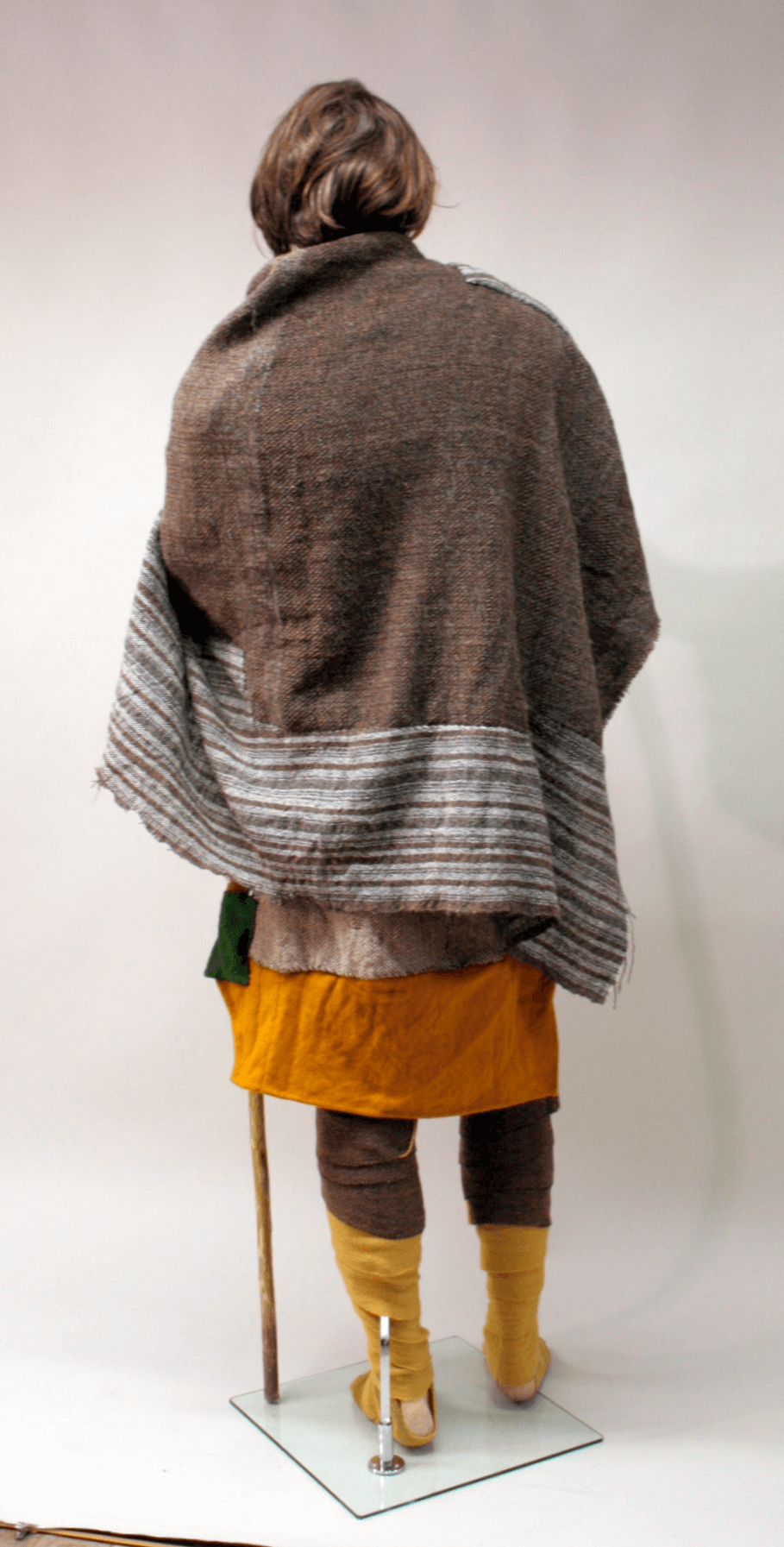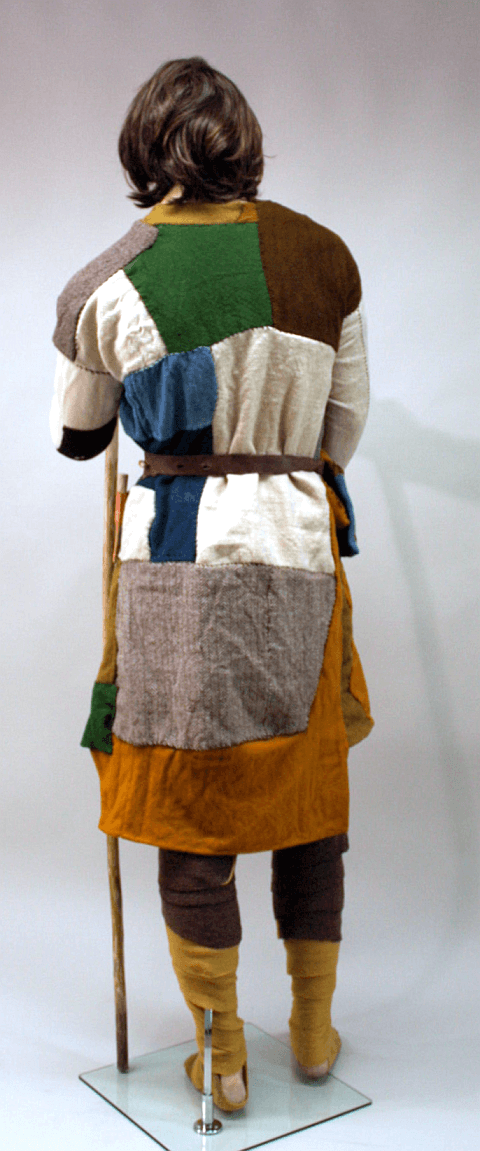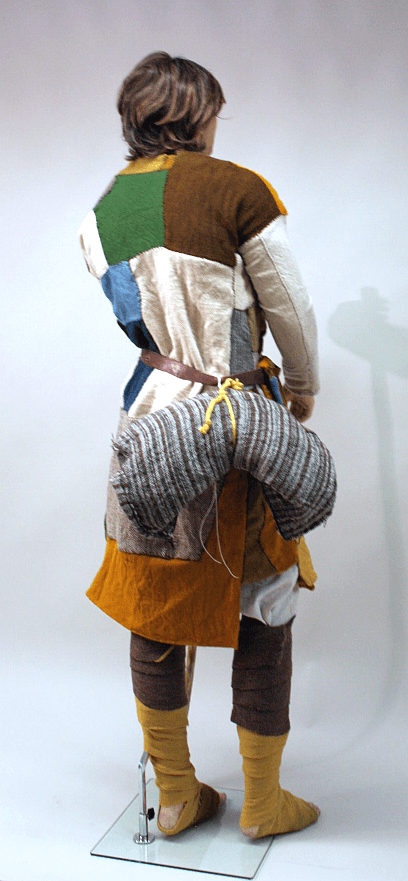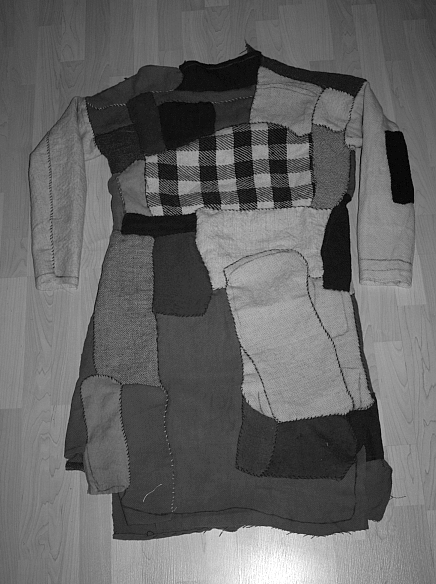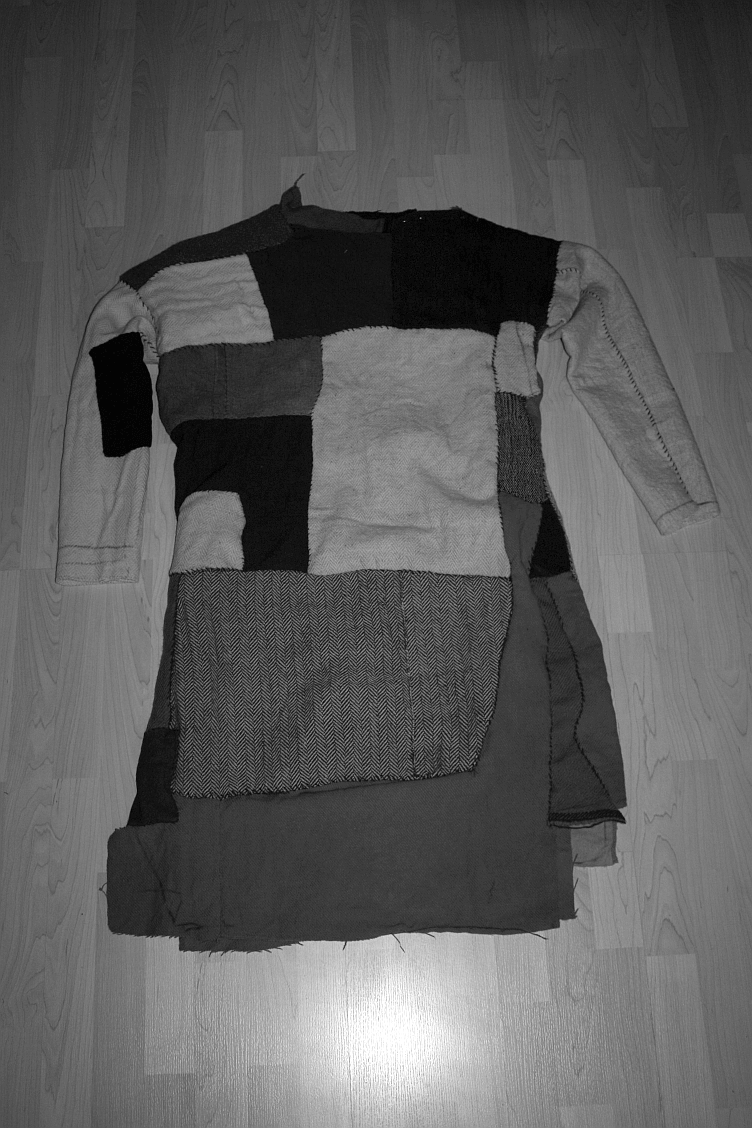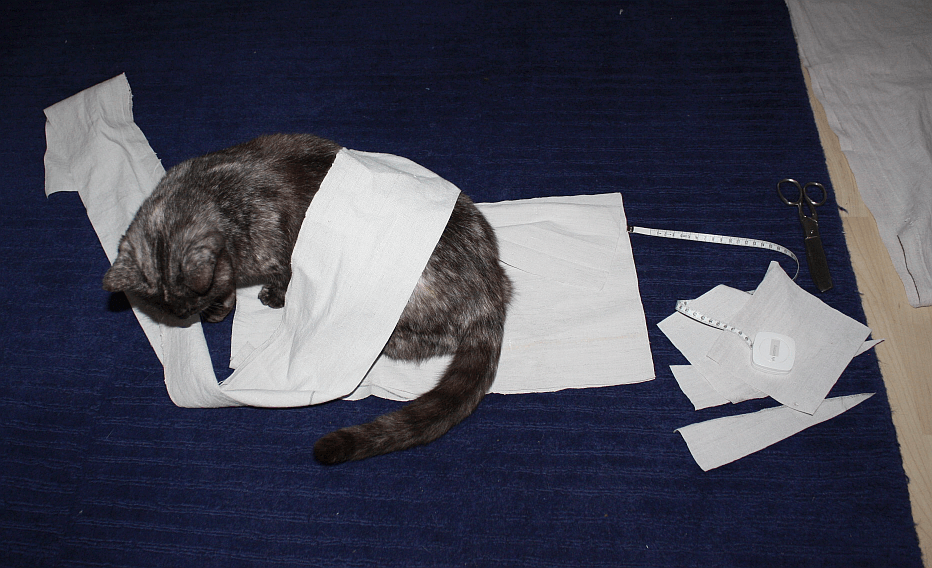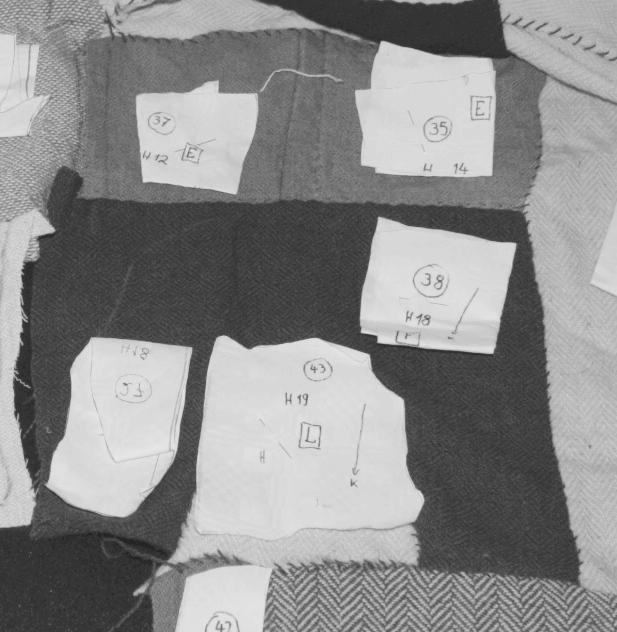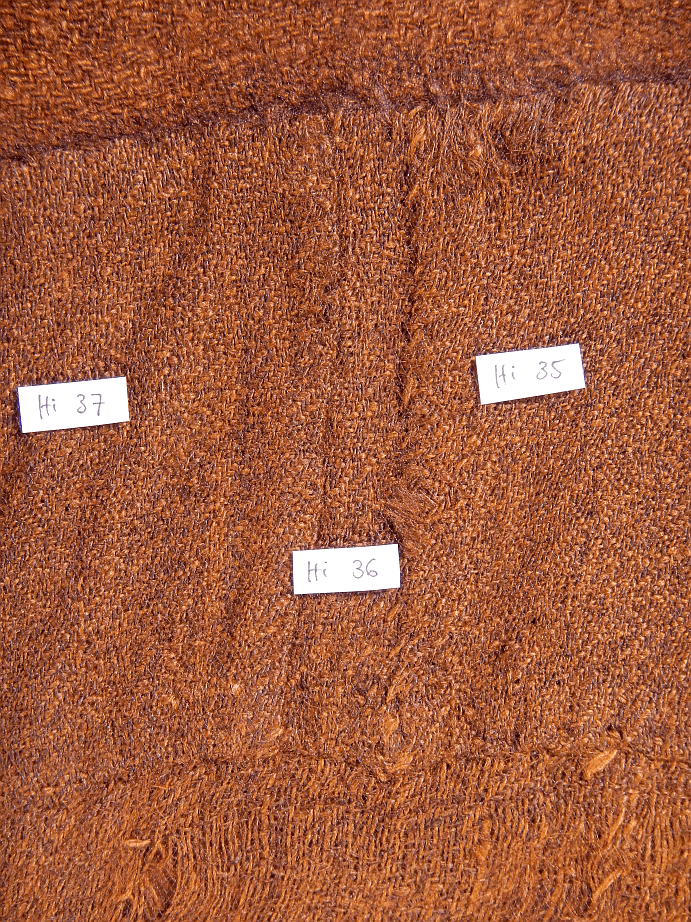I'm participating in an Instagram challenge initiated by the group Hochwaldkelten - and today, they are asking about the favourite place for (or of) Living History.
Uh. That was a really hard question for me, and got me thinking very hard about all the things I did in all the places that I did them... which were many, and varied, and about all of them were utterly wonderful and I have fond memories of them. Of sitting in the train, and in the car, and even in the plane or the airport, travelling to an event or a conference or a museum or a research project, with all the anticipation involved. Of hotel rooms and hostel rooms and pensions and the homes of friends and colleagues, where I stayed for a while. Of sleeping spaces on floors in open air museum houses and of my own medieval tent and one time even in an old jail cell. Of museums, both the parts open to the public and the places behind the scenes, the depots and cellars and staircases and offices and - very important, of course - the break rooms and tea rooms. The markets and fairs, with all their hustle and bustle and the challenge of fitting everything into the space provided, which is different every time. The workshop places and demonstration places.
So, so many different places. So many wonderful meetings with colleagues, with friends, often times both. So many wonderful teaching experiences, and demonstration sessions, and getting close to actual medieval objects.
In the end, though, I ended up posting this as a picture of my favourite place:
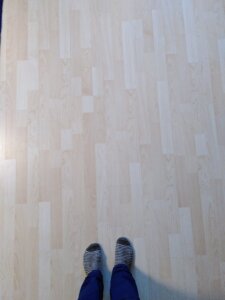
Because this part of the floor in our place has seen so much action, and so many things, and when it gets involved, something fun is about to happen. This is where I set up work tables for larger projects that need a table, or where I sit for works like weaving the Egtved skirt.
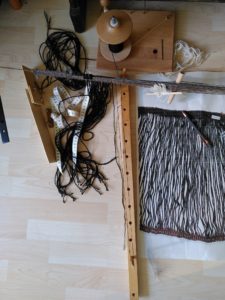
This is also where I take photos of things for my documentation - like the Bernuthsfeld tunic reconstruction:
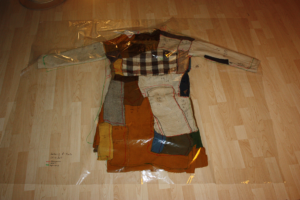
or the reconstruction of this late medieval fabric:
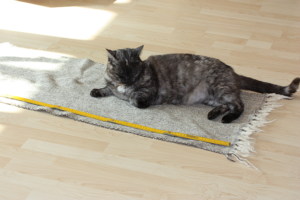
The cat, of course, was not sent off to the museum along with the cloth.
So in the end... that's my favourite place in regard to work, in some way. How about you? What's your favourite place for Living History, or for crafts, or both?
Uh. That was a really hard question for me, and got me thinking very hard about all the things I did in all the places that I did them... which were many, and varied, and about all of them were utterly wonderful and I have fond memories of them. Of sitting in the train, and in the car, and even in the plane or the airport, travelling to an event or a conference or a museum or a research project, with all the anticipation involved. Of hotel rooms and hostel rooms and pensions and the homes of friends and colleagues, where I stayed for a while. Of sleeping spaces on floors in open air museum houses and of my own medieval tent and one time even in an old jail cell. Of museums, both the parts open to the public and the places behind the scenes, the depots and cellars and staircases and offices and - very important, of course - the break rooms and tea rooms. The markets and fairs, with all their hustle and bustle and the challenge of fitting everything into the space provided, which is different every time. The workshop places and demonstration places.
So, so many different places. So many wonderful meetings with colleagues, with friends, often times both. So many wonderful teaching experiences, and demonstration sessions, and getting close to actual medieval objects.
In the end, though, I ended up posting this as a picture of my favourite place:

Because this part of the floor in our place has seen so much action, and so many things, and when it gets involved, something fun is about to happen. This is where I set up work tables for larger projects that need a table, or where I sit for works like weaving the Egtved skirt.

This is also where I take photos of things for my documentation - like the Bernuthsfeld tunic reconstruction:

or the reconstruction of this late medieval fabric:

The cat, of course, was not sent off to the museum along with the cloth.
So in the end... that's my favourite place in regard to work, in some way. How about you? What's your favourite place for Living History, or for crafts, or both?




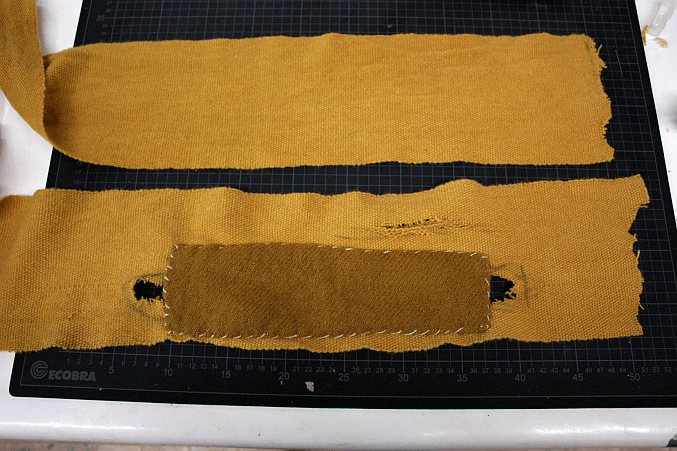
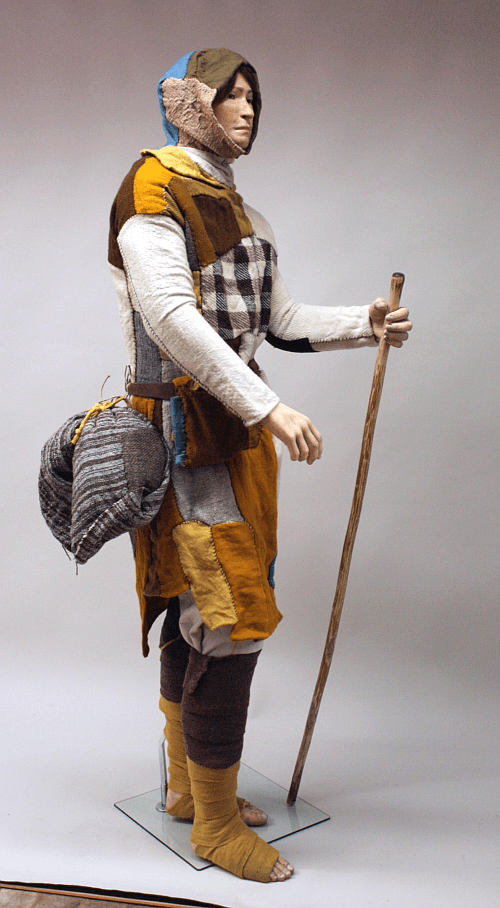 Our reconstruction, in the setup that he can be seen in at the museum.
Our reconstruction, in the setup that he can be seen in at the museum.